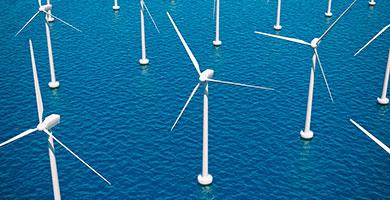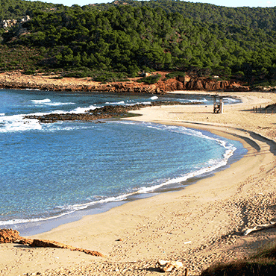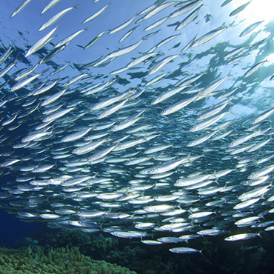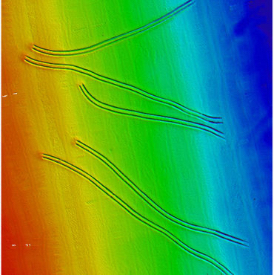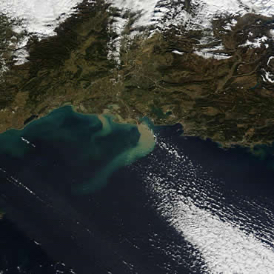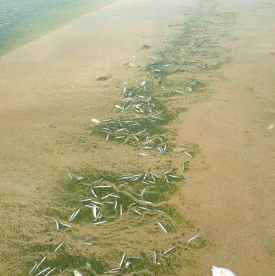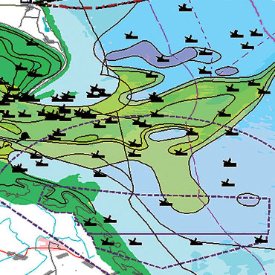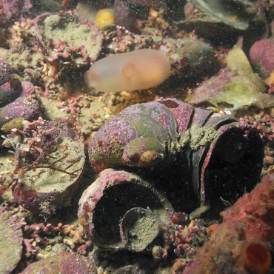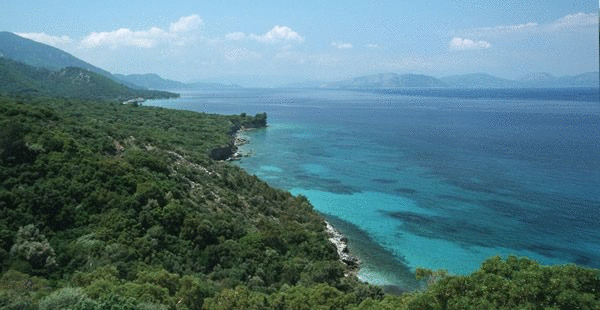
The Black Sea Checkpoint was a sea-basin monitoring system assessment activity aiming to support sustainable growth in the marine and maritime economy by assessing the potential of avalable marine observation and data services to address end-user needs. Specifically the Black Sea Checkpoint aimed to:
- Clarify the observation landscape of all compartments of the marine environment and highlight the existing programs at national, European and international level;
- Evaluate fitness for use indicators that show the accessibility and usability of observation and modeling data sets and their roles and synergies based upon targeted applications;
- Prioritize user needs in order to optimize monitoring systems in terms of accessibility, availability, multiple-use, efficiency, reliability, time consistency, space consistency, etc. and the planning of the technological advancements, new accessibility, new assembly protocols and observational priorities required in the future to meet the challenges.


